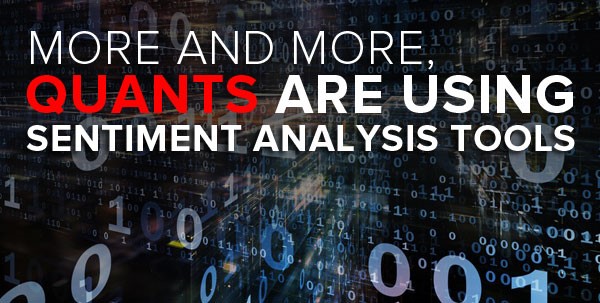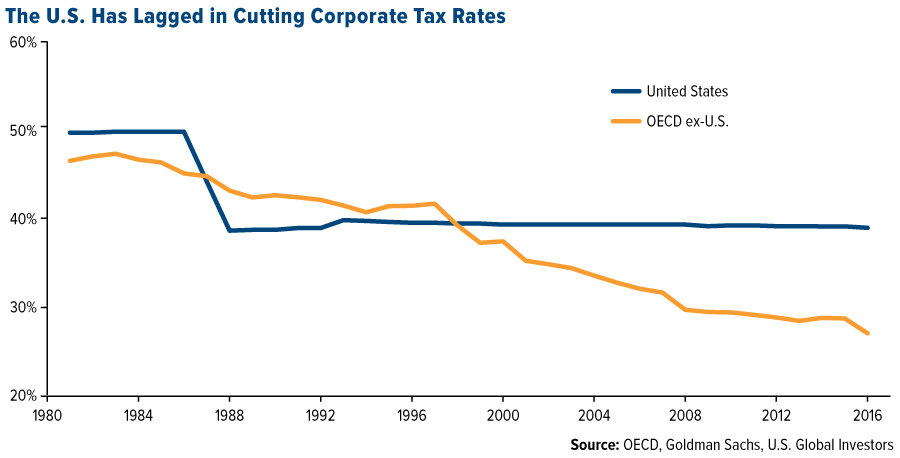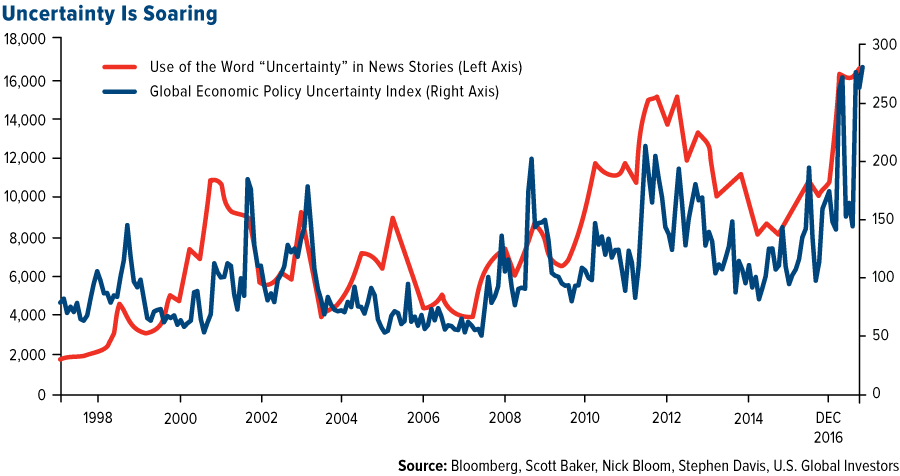Wealth Building Strategies
 The latest Investment Outlook from Janus Capital’s Bill Gross
The latest Investment Outlook from Janus Capital’s Bill Gross
“School days” inexorably continue at the Gross household, not just because of grandchildren, but because of the necessity to teach my own kids the complexities and pitfalls of investing. As I get older, I fear I may unduly introduce them to a 1930s Will Rogers warning about losing money: “I’m not so much concerned about the return on my money,” he wrote, “but the return of my money.” “Don’t lose it” is my first and most important conceptual lesson for them despite the Trump bull market and the current “animal spirits” that encourage risk, as opposed to the preservation of capital.
Recently I also explored with them the concept of financial leverage -.….continue reading HERE
….also:

This unprecedented monetary experiment as in the last 5000 to 6000 years interest rates have never been this low. There’s never been negative interest rates and it is clear that one day the bond market will react negatively. But it is not crystal clear……continue listening to the interview below:
….related: Faber Warns: Beware a Stock Market ‘Avalanche’


 I add this, that rational ability without education has more often raised a man to glory and virtue, than education without natural ability. Marcus T. Cicero
I add this, that rational ability without education has more often raised a man to glory and virtue, than education without natural ability. Marcus T. Cicero
Before we get into the meat of this article, we would like to state at the onset that this article is not politically orientated. This election has probably been more divisive than any other election in U.S history. There are those who love Trump and those who detest him. Our views are based on market trends and not politics. Before the election results came in, we went on record to state that a Trump win would from an investing perspective prove to be a great buying opportunity and the masses would panic and dump their shares. We took the same stance on Brexit, and as they say, the rest is history.
From a contrarian angle (and not a political point of view) a Trump win could be construed as a positive development; non-contrarians will demand to know why? Mass Psychology clearly states that the masses are always on the wrong side of the equation. A Trump win will create uncertainty, and the lemmings will flee for the exits; markets will pull back sharply and viola the same old cycle will come into play. The cycle of selling based on fear which equates to opportunity for those who refuse to allow their emotions to do the talking. Tactical Investor
Trump’s agenda is in some aspects strikingly similar to that of Ronald Regan’s who was known for his pro-growth policies. When Regan took office, unemployment was in the 7.5% ranges by the time he left office it had dropped down to 5.4%. GDP growth surged and averaged 3.8% per year. Inflation was brought down to 3.7% and averaged 4.4% during his eight-year reign.
Regan’s massive tax cuts contributed to exponential growth. He cut taxes from 70% to 28% for the top income tax rate, and reduced corporate taxes from 48% to 34%. This iswhat probably helped drive the SPX 400% higher over the past 30 years, and these policies continue to drive the market higher. Trump is seeking to lower corporate taxes from 35% to 15% and has aspirations to reduce taxes for the average American. He also wants to embark on a massive infrastructure restoration plan, which if implemented should create thousands upon thousand of jobs.
Traits that Trump shares with Regan
- Both were outsiders
- Both were TV personalities; the only difference being that Trump is both a television personality and a businessman
- Both were ridiculed by the press and were mostly written off from having any chance at a win
- They both made promises to make America great
So how is Trump’s economy faring?
Well, by looking at the stock market, the outlook appears to be pretty good. The Dow has had Ten winning days in a row and is now up roughly 5% for the year. The markets are forward looking beasts so they appear to be viewing Trump’s economic agenda through a bullish lens. However, everyone is getting excited over this market, which might not be such a good thing in the short term, but that is a story for another day.
Corporations and Wall Street are drooling over the prospect of less regulation and lower taxes and judging by Trump’s recent actions; he looks set to deliver on many of his campaign promises. There is a massive pile of money sitting overseas that corporations would repatriate in a heartbeat under the right conditions. Some estimates put the amount of cash sitting overseas at $2.5 trillion. Trump could soon provide them with that opportunity, and this money among many other things could be used to fund massiveshare buybacks which will only help propel these stocks higher. Among the biggest benefactors from a lower corporate tax rate would be GE, AAPL, and MSFT.
Under Regan the stock market soared, unemployment levels dropped, and GDP growth rates rose significantly. If Trump takes a similar path, then the outlook for the stock market going forward could be quite favourable. However, one should always defer to Mass Psychology; if the crowd turns euphoric than caution is warranted. The time to jump in head first was in Nov of 2015, Jan of 2016 and before Trump won the elections. As the trend is still up, sharp pullbacks have to viewed through a bullish lens. The crowd is not euphoric, but the markets are extremely overbought, so prudence is justified over the short term. Investors should consider waiting for the market to let out a nice dose of steam before jumping in.
A genius can’t be forced; nor can you make an ape an alderman.
Thomas Somerville

You probably haven’t heard about precision medicine. That’s fine, it wasn’t even possible ten years ago.
But now we’re entering the new Gilded Age — and suddenly researchers are using it to fight many deadly diseases, including brain cancer in kids.
Scientists at Dana Farber, a Harvard-affiliated research group, and the Boston Children’s Blood Disorders and Cancer Center, recently sequenced tumor samples from 200 children with brain cancer, Forbes reported.
 What they found was astounding: More than half the children exhibited genetic abnormalities that could influence how the disease was treated.
What they found was astounding: More than half the children exhibited genetic abnormalities that could influence how the disease was treated.
“The reason we did this trial was that brain tumors are a leading cause of death in children, and the treatments that we and everyone else use are decades old – radiation and chemo,” writes Pratiti Bandopadhayay, a pediatric neuro-oncologist at Dana-Farber/Boston Children’s in the medical journal Neuro-Oncology. “Our approach to try to improve on that is to target the individual tumors of each child.”
That’s the key. Precision medicine promises to change health sciences by using data analytics and what we know about ourselves to tailor personal therapies and treatments.
In this way, precision medicine is the perfect symbol of the New Gilded Age. It grew out of the awesome advances in cloud computing. It touched medicine and changed what researchers thought to be possible. Without that, neither genome sequencing nor bespoke drug discovery would be possible. Certainly it would not have been possible for doctors to dream about developing treatments based on the patient’s individual biology.
In theory, it all seems simple enough, even logical. Getting to this point has been a bit more complex.
It started with the sequencing of the human genome. At an initial cost of $3 billion and 13 long years of research, the outlay of monetary and human capital was extreme. Yet the project was bountiful. It allowed scientists to learn about illness at the cellular level, determine what precisely went wrong, and — at least in theory — determine a treatment for the mutation.
For example, most patients currently diagnosed with cancer undergo a battery of oncology tests and usually end up with chemotherapy. That one-size-fits-all treatment carpet bombs everything, killing good and bad cells indiscriminately.
Precision medicine is more of a smart bomb. Doctors locate the mutation at the cellular level, find the specific drug treatment to correct the abnormality. Then they calibrate the dosage based on personal genetics.
The theory is great, and there has been a lot of promising work. The only holdback is cost.
Sensor data from wearables like FitBit, smartwatches and phones will help, too. It will be true personalized medicine.
In January 2015, President Obama announced he would be adding $215 million to his annual budget for a comprehensive precision medicine plan. The National Institutes of Health will help build a 1 million volunteer sample group to draw more data; its National Cancer Institute will research the genomic drivers of cancer; the Food and Drug Administration will develop new testing techniques to expedite the drug approval process; and a consortium of privacy groups is being consulted to maintain strict privacy standards.
More recently, 21 Chinese hospitals reached an agreement to use IBM’s cognitive platform Watson for Oncology to help tailor personalized, precision medicine. Cancer is the leading cause of death in China. In 2015, more than 4.3 million people were diagnosed and 2.8 million died. Watson for Oncology draws data from 300 medical journals, 200 textbooks and more than 15 million pages of text and peer-reviewed work to make recommendations.
It also has a working relationship with the world renowned, Memorial Sloan Kettering Cancer Center in New York.
In 2013, the center made news when a breast cancer patient, who had been battling the disease for the better part of 30 years, made remarkable progress following an experimental precision medicine treatment developed by AstraZeneca.
Tumors, which had become visible on her skull and face, completely receded.
Pharmaceutical companies are gearing up. In 2015, Roche promised as much as $1 billion to Blueprint Medicines for five small molecule projects in development. Then, in January 2016, Roche announced it would spend more than $1 billion on a 56% stake in Foundation Medicine, a molecular and genomic diagnostic company. Illumina, another diagnostic service provider, has formed similar alliances with Germany’s Merck KGaA , AstraZeneca and Sanofi.
Each of us is unique, a product of our own chemistry and environmental factors. It makes sense to build healthcare treatments tailored to that uniqueness. Ultimately it could be less costly and more effective.
Until recently, it was impossible. Cloud-computing advances in the New Gilded Age are changing everything.
Best wishes,
Jon Markman – Pivotal Point Trader and Tech Trend Trader.

 On Monday I had the opportunity to attend a conference at Goldman Sachs’ Dallas office. Among the dozens of money managers and investors who attended, a combined $1 trillion in assets was represented. The speakers were numerous, from famed economist Jan Hatzius, Goldman’s head of global economics, to Jeff Currie, global head of commodities research. Everyone was exceedingly smart and articulate, and I left the conference feeling recharged with much to think about.
On Monday I had the opportunity to attend a conference at Goldman Sachs’ Dallas office. Among the dozens of money managers and investors who attended, a combined $1 trillion in assets was represented. The speakers were numerous, from famed economist Jan Hatzius, Goldman’s head of global economics, to Jeff Currie, global head of commodities research. Everyone was exceedingly smart and articulate, and I left the conference feeling recharged with much to think about.
One of the most fascinating takeaways was Goldman’s increased use of sentiment analysis tools. Basically what this means is sophisticated software trawls the internet in real time for public attitudes and opinions on companies, products, sectors, industries, countries—you name it. Sources can include press releases, news stories, earnings calls, blogs, social media and more. All of this data is gathered and analyzed, giving quants and other highly sophisticated investors a better idea of where tomorrow’s opportunities lie.
We have experience gauging sentiment using platforms designed by Meltwater and ScribbleLive, and I was pleased to see our efforts validated.
Goldman’s preferred system is Stanford’s CoreNLP, which is able to break down and analyze sentences in a number of different ways (and different languages to boot). Below is just a sampling of what the process looks like.

This strategy has been working well, Goldman said, and investors and managers plan to continue practicing it.
As I said, we take sentiment very seriously. In last week’s Investor Alert, we made note of the fact that the media’s use of the word “uncertainty” has soared to a record high since the November election. This is in line with recent movements in the Global Economic Policy Uncertainty Index, which is also now at all-time highs following Donald Trump’s election and Brexit in the U.K.
Goldman Bullish On Commodities
At the same time, small business optimism in the U.S., as measured by the National Federation of Independent Business (NFIB), soared to a 12-year high on the back of Trump’s election. At 105.8, its December reading was up a phenomenal five standard deviations. Much of this optimism was driven by Trump’s pledge to roll back regulations and lower corporate taxes, a point I’ve made several times already. Goldman echoed this thought, arguing the U.S. is behind the curve on cutting corporate taxes, compared to the average rate of the 35-member Organization for Economic Cooperation and Development (OECD).
 Using its sentiment analysis tools, however, Goldman managed to come to these conclusions as early as November—which is the same month the investment bank turned bullish on commodities for the first time in four years.
Using its sentiment analysis tools, however, Goldman managed to come to these conclusions as early as November—which is the same month the investment bank turned bullish on commodities for the first time in four years.
Goldman’s line of reasoning? When business optimism goes up, capital expenditure (capex) also goes up, and when capex goes up, commodities tend to follow. I should add that the bank has historically been neutral on commodities, recommending an overweight position only four times in the last 20 years. So when it does become bullish, investors should pay attention.
Look At The Timing
But there’s more to the commodity investment case than sentiment. The timing looks ideal as well.
Below, take a look at the output gap, which measures the difference between an economy’s actual manufacturing output and its potential output. When the gap is positive, that means demand is high and output is at more than full capacity. When it’s negative, that means demand has shrunk and output is less than what an economy should be capable of producing.
You can see that the output gap in the U.S. is finally turning positive, therefore entering the third stage of the business cycle, the best for real assets. The third stage is expansionary, characterized as having high output and fast growth—not to mention traditionally higher returns. We all know that past performance is no guarantee of future results. But similar periods in the past—shaded in gray—were associated with commodity super-cycles, the most recent one being the 2000s commodities boom driven by emerging markets, particularly China.
So far this year, the Bloomberg Commodities Index has risen 1.7 percent, compared to a negative 3.4 percent for the same number of trading days last year. If you remember, commodities ended positively in 2016 for the first time in six years, so there should be further room to run.
Courtesy of http://www.usfunds.com/













